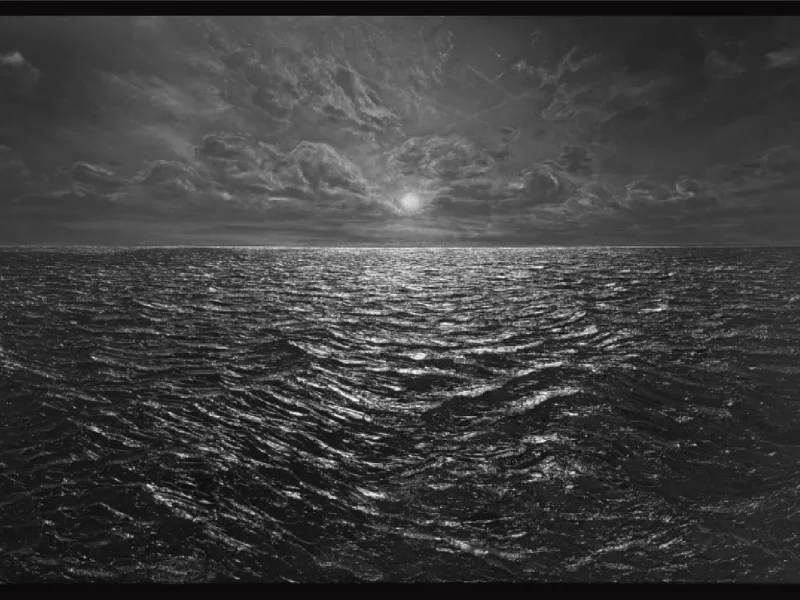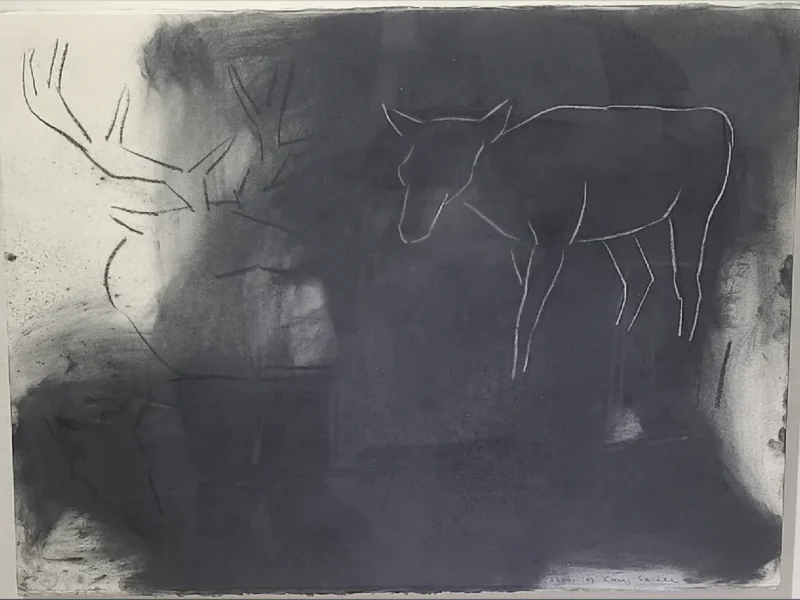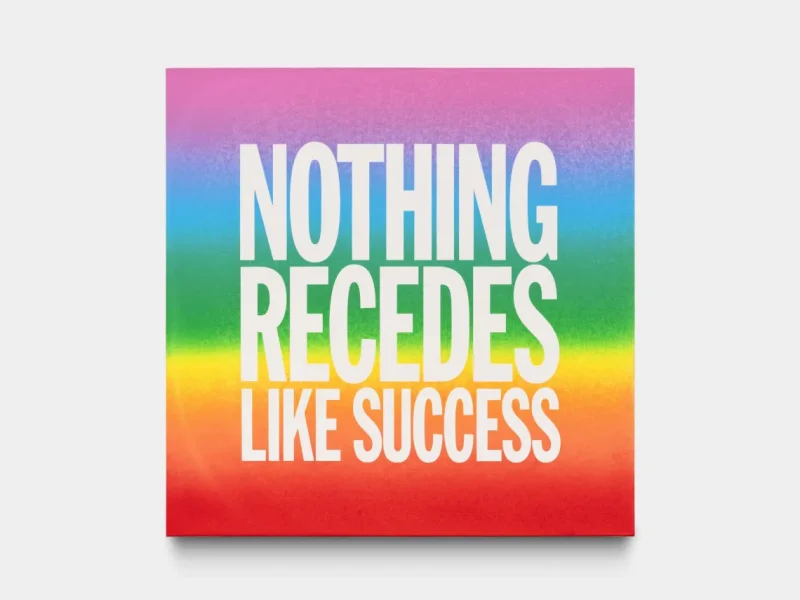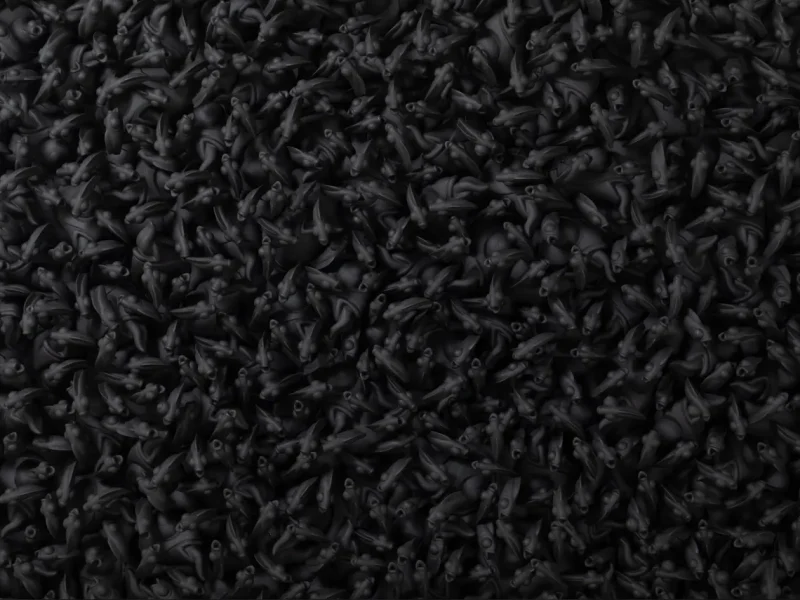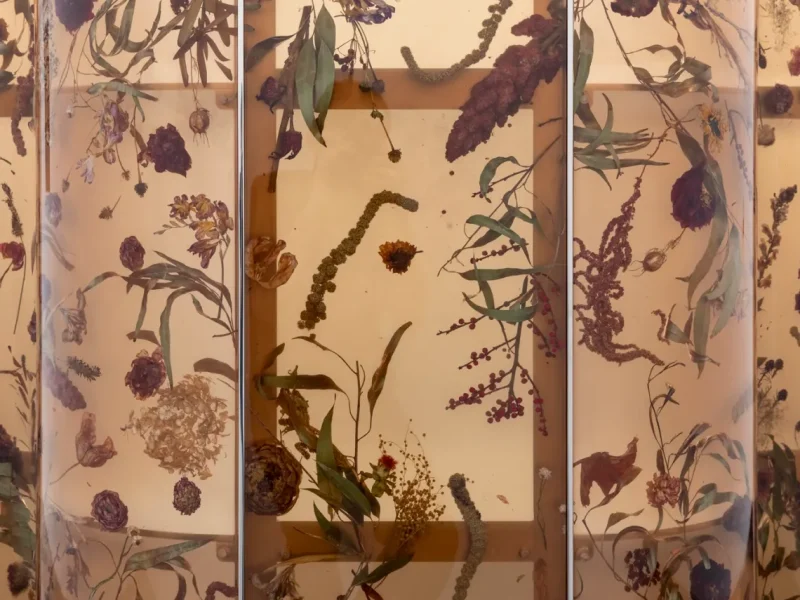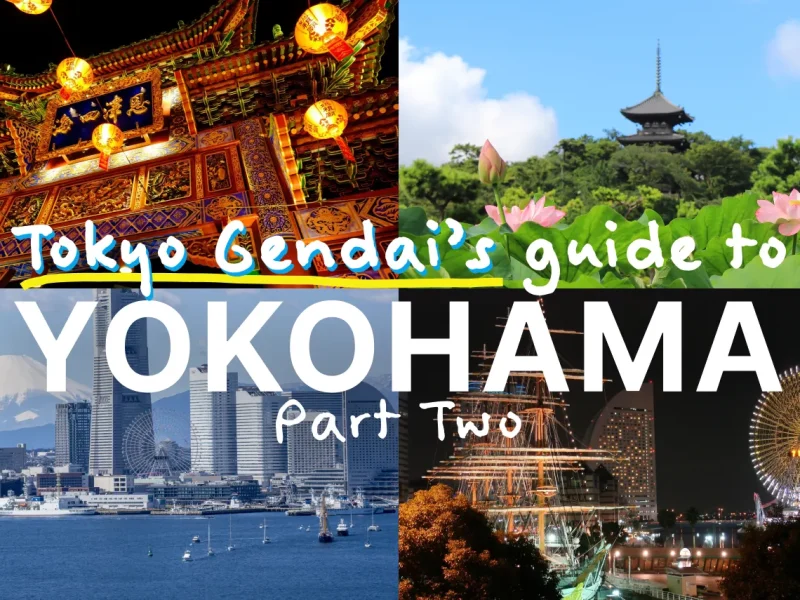Wood is considered one of the first materials to be used by humankind. Motivated by this primal instinct of creativity, Ryuichi Ohira uses the material to create large-scale sculptures – of otherworldly creatures, abstract totems, and seemingly ordinary objects like pineapples. In this interview, the Chiba-based artist talks about how he became an artist, the lore behind his pineapple motif, and what he’s looking forward to on his return to Tokyo Gendai this September.
“I don’t feel the need to show my work to the world. As long as I’m satisfied, that’s enough.”
What first led you to become an artist?
It just happened, without even realising I’d become an artist. When I was in primary school, I started attending a local art class. I was about eight or nine when I began drawing. The teacher there was quite avant-garde, and their approach was very open. The studio was only stocked with drawing materials and white paper, and we were told to draw whatever we liked. I remember a lot of what I was drawing was quite surreal. I had a close relationship with that teacher – once, they even took me out to have a meal with Tarō Okamoto. Experiences like that made art feel very close to everyday life.
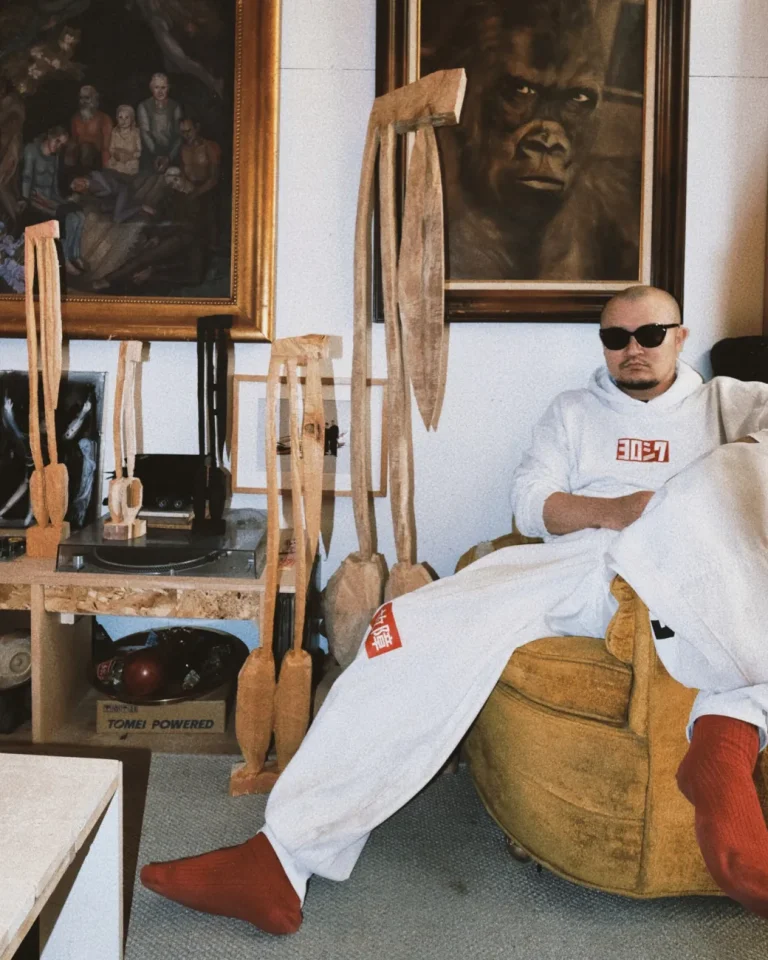
Why sculpture, specifically?
In high school, I did a trial class at an art prep school. I was already interested in art, and during the class a teacher said to me, “Your colours and detail are amazing – if you could make this in 3D, it’d be unstoppable.” That teacher happened to be a sculptor, so I thought, “Alright, maybe I’ll try sculpture.” I’d always had the urge to work in three dimensions, so it felt like a natural step
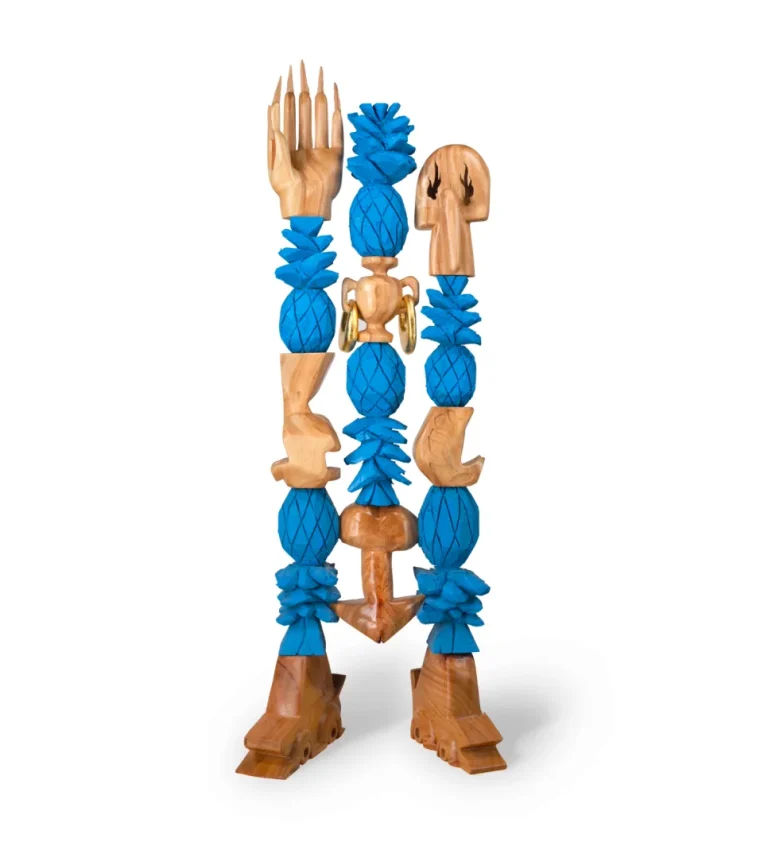
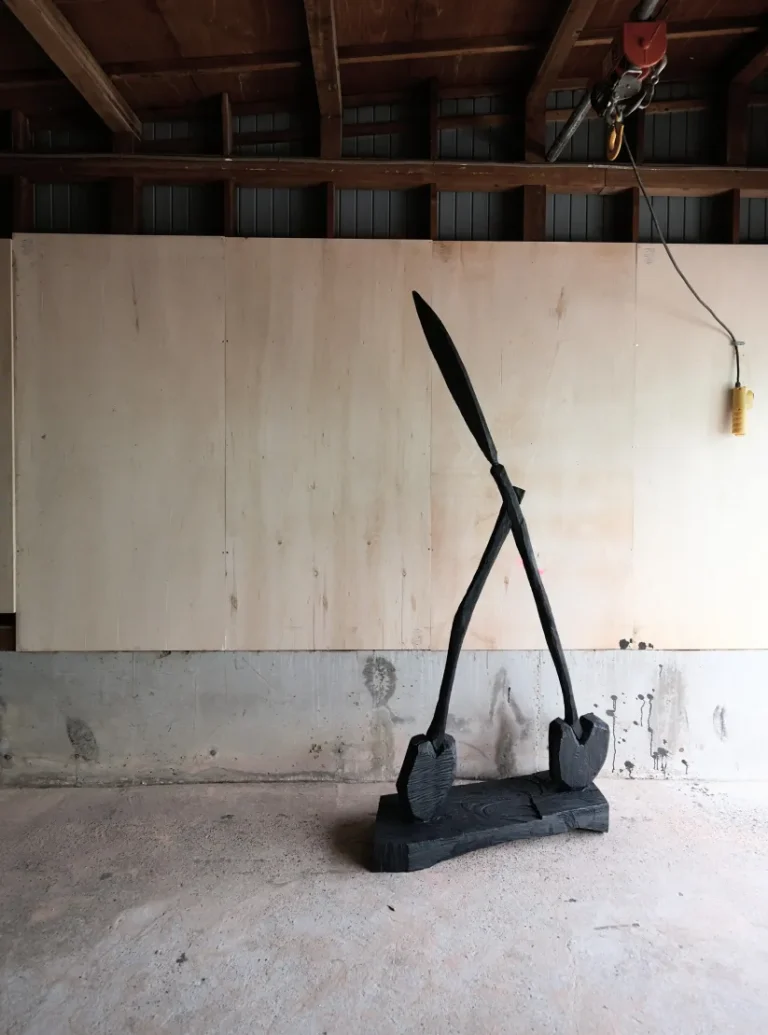
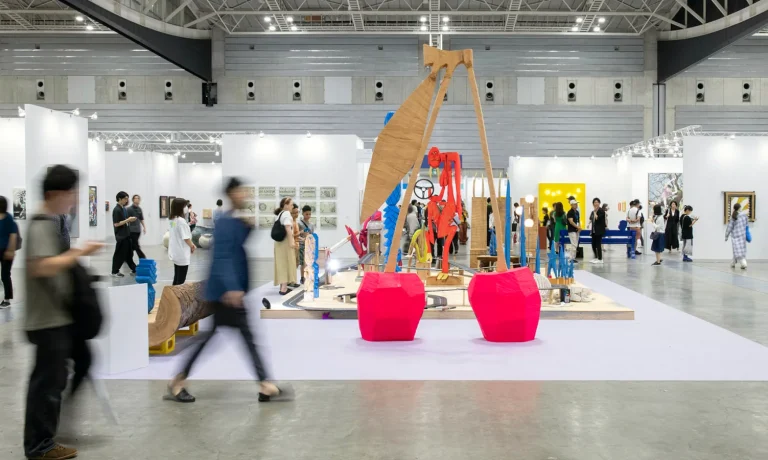
What’s the most enjoyable part of making a new work?
It’s when I finish a piece and can see the direction for the next one – that sense of forward momentum. For me, making art is a constant process of experimentation. I test one thing, it fails, I try again. I probably come up with hundreds of ideas every year, but maybe one actually sticks. I write them down and pin them on my wall – some get taken down after a day, others last years. If something still feels right after all that time, then it’s probably worth making. Each artwork is the result of those experiments. The actual making is quiet, repetitive work. I don’t feel the need to show my work to the world. As long as I’m satisfied, that’s enough.
Are there any places around Tokyo or Japan that inspire you?
Not anywhere specific, but I love driving. I often go out alone with no destination, just looping around the Tokyo expressways. I have two cars – one foreign, one Japanese – both older models.
“What contemporary art can do is take something like a pineapple and make it philosophically compelling.”
You create large-scale wooden sculptures – where do you construct these huge pieces?
At my studio, near my home in Chiba. The space isn’t very big, so it’s a squeeze – sometimes I’ll bump my head on the ceiling while working. Sometimes I’ve had to take my pieces outside and work on the road.
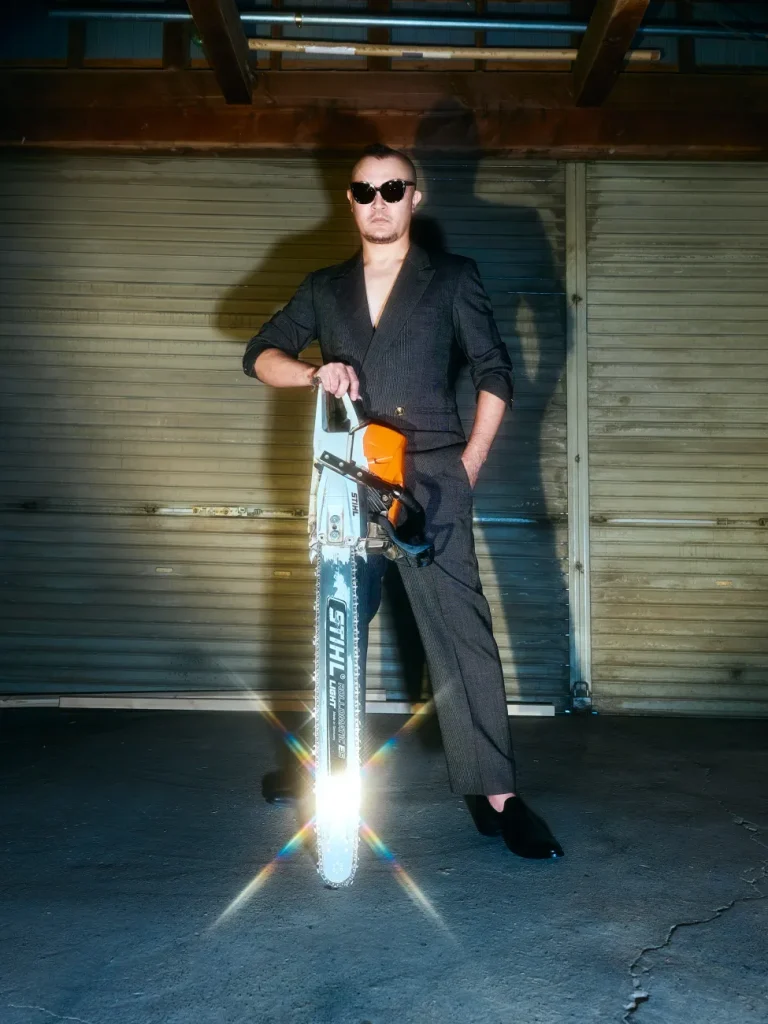
Do you have any routines when working?
I usually work from 9 to 5. I arrive at the studio at 9 AM, switch on the amp, and put on some music – usually techno or classical. Now that I’m a parent, I only work during nursery hours. I focus intensely during those short hours and always finish at 5 to spend the evening with my family. I don’t work weekends.
Pineapples appear frequently in your work – what’s the story behind that motif?
I first exhibited them in an exhibition at Mitsukoshi Contemporary Gallery during the pandemic in 2019. I was showing work depicted subjects upside-down, and one of them happened to be a pineapple. For some reason it just felt right – even now, I’m not sure why, but maybe that’s why I’ve kept going with it. In Western still life painting, you often see apples or grapes – fruit with narrative or symbolic meaning. But pineapples, no matter how seriously you treat them, always feel a little ridiculous. That contrast is what I find interesting. Lately I’ve been thinking: maybe what contemporary art can do is take something like a pineapple and make it philosophically compelling.
Do you like eating pineapples?
Ryuichi Ohira: Not really… I prefer pears.
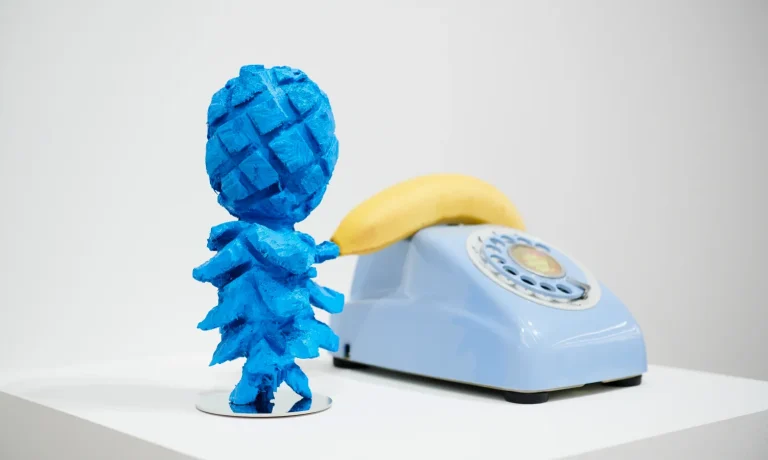
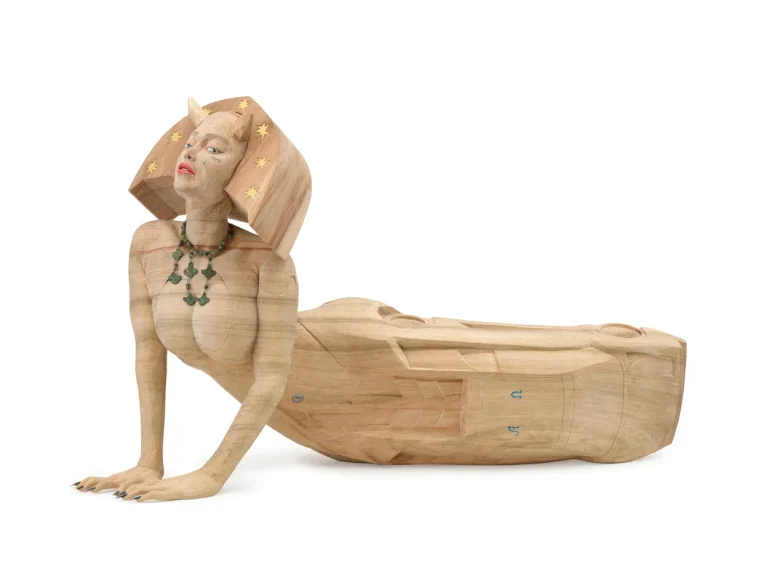
Do you have a specific way in which you’d like people to engage with your work?
I don’t have a set way I want it to be seen – I want people to look freely. Everyone brings their own experiences and perspectives depending on who they are, so I’m happy for them to interpret it how they like. I think a good artwork is one that allows for that kind of freedom.
Finally, this is your second time showing with NANZUKA and at Tokyo Gendai. Do you have any thoughts on the fair to share?
I really like Tokyo Gendai. It brings together galleries from around the world, and I think it’s the only international art fair in Japan where you can see contemporary work at such a high level. I think it’s a truly impressive fair, and I’m honoured to be a part of it. There are still many major galleries who haven’t joined yet, but I hope it becomes the kind of platform where people feel like they want to show in Tokyo.
<Thank you very much! We look forward to seeing your work in September.>
Editors note: One of Ryuichi Ohira’s large-scale Godzilla sculptures is currently on view as a public artwork at SHIBUYA AXSH, as part of Godzilla The Art Exhibition. The installation will remain on display through the summer. Find out more here.
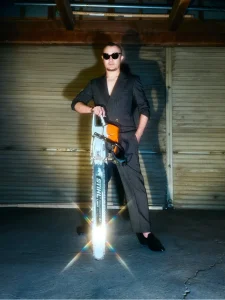
Ryuichi Ohira
Born in Tokyo in 1982, Ryuichi Ohira earned a doctorate at Tokyo University of the Arts in2011. In recent years, he has continued to present his works through various exhibitions andprojects, including Art Basel Hong Kong (2019–2024) and DIG SHIBUYA (Tokyo, 2025). Inhis 2022 solo exhibition SYNDROME at NANZUKA UNDERGROUND, he unveiled a largewooden sculpture resembling a personified pineapple avatar, akin to a combined robot. In2023, to commemorate the launch of Tokyo Gendai, he unveiled a large-scale installationtitled The Circuit.


